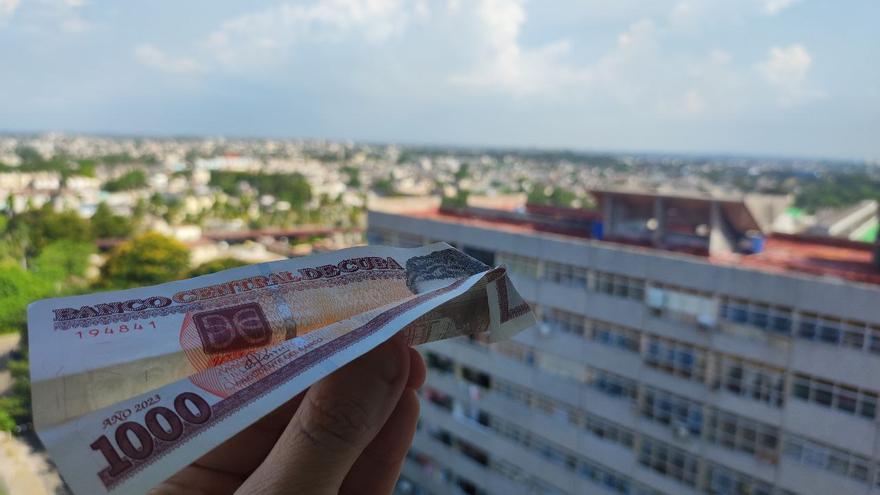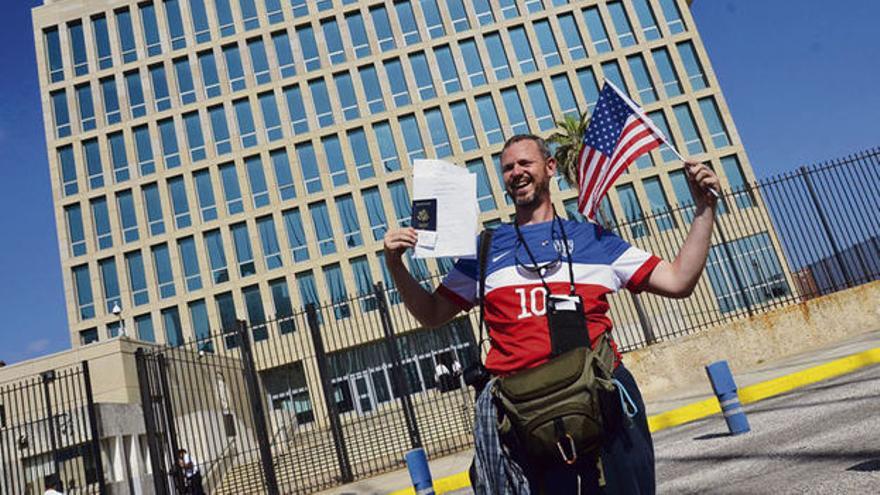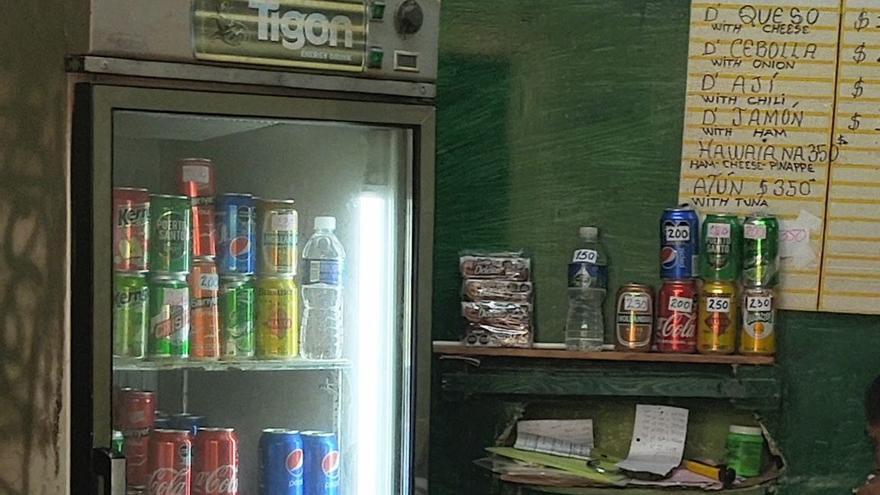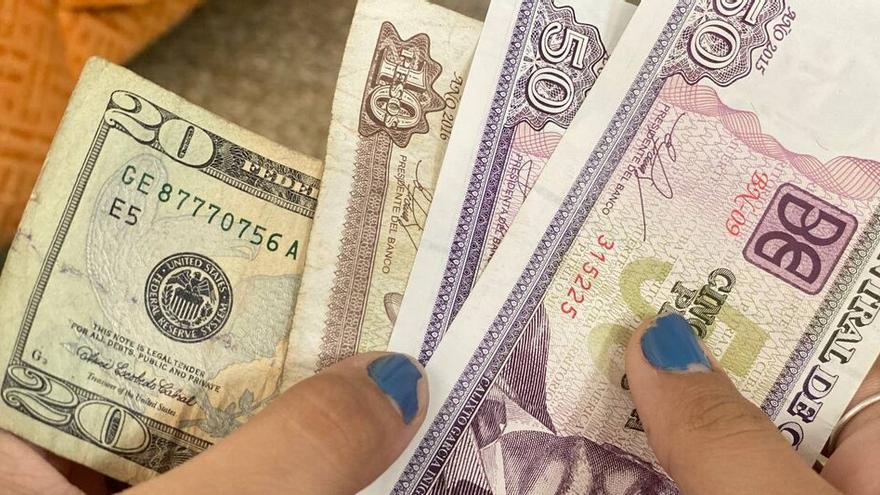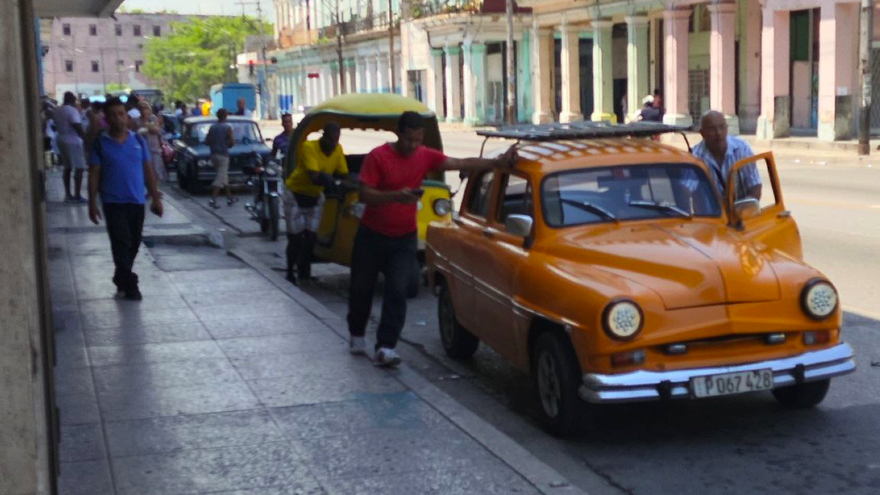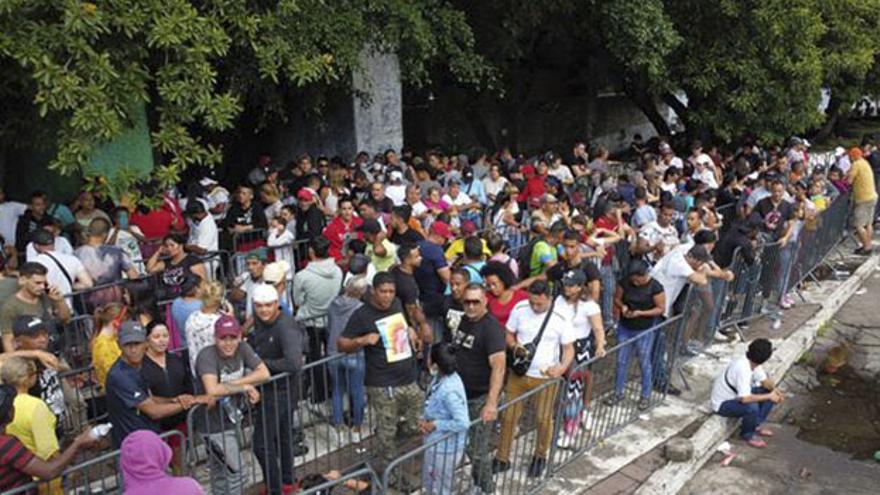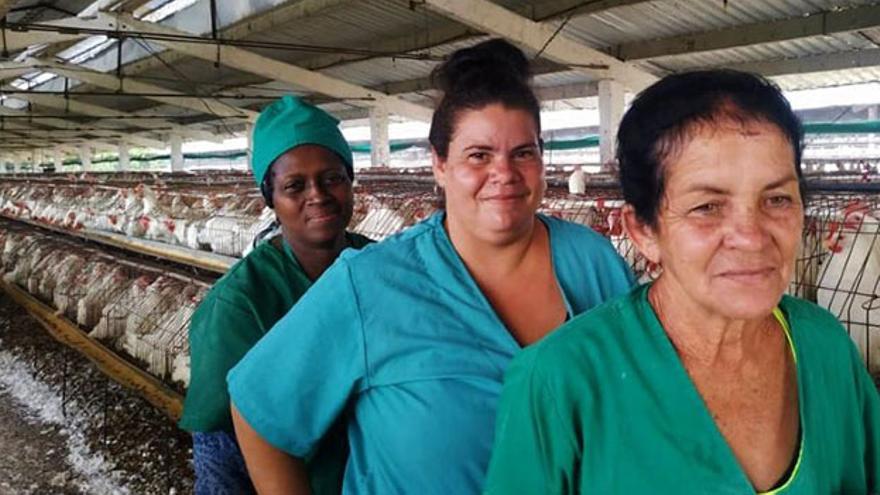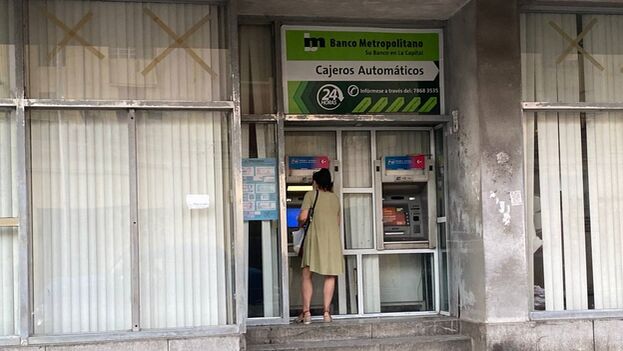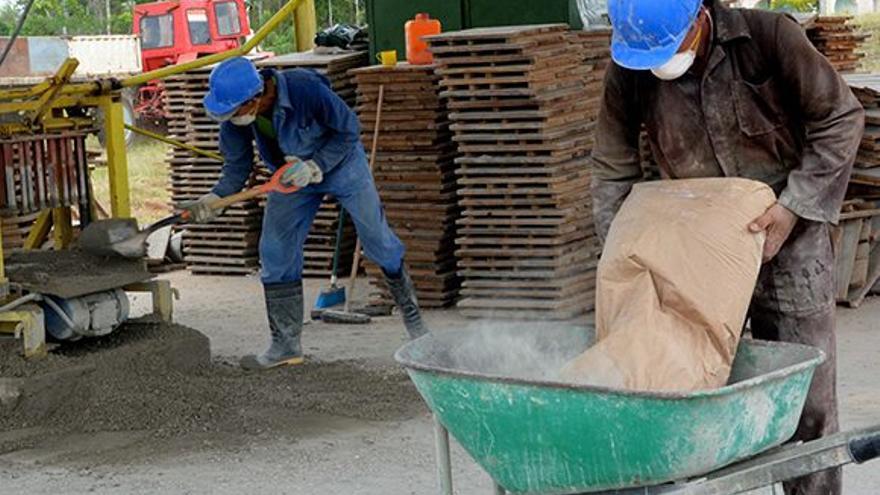
![]() 14ymedio, Havana, 8 August 2023 — Thirty-nine percent of the homes in Villa Clara are in poor condition, the official press admitted in a report on the living conditions of the province. The situation is going through a critical moment, since the territory’s capacity to build homes is at barely 45% of that planned, due to the shortage of materials, and the subsidies that the State offers to the sector are still the same as three years ago, when inflation and the price of materials had not yet skyrocketed.
14ymedio, Havana, 8 August 2023 — Thirty-nine percent of the homes in Villa Clara are in poor condition, the official press admitted in a report on the living conditions of the province. The situation is going through a critical moment, since the territory’s capacity to build homes is at barely 45% of that planned, due to the shortage of materials, and the subsidies that the State offers to the sector are still the same as three years ago, when inflation and the price of materials had not yet skyrocketed.
According to María del Carmen González, provincial director of Housing, in 2019 the entity designed a ten-year plan to build 46,051 new houses and repair another 33,111. However, of the plan for the last four years – 13,353 homes – 3,287 remain to be completed, or 25%. Most of the properties were built between 2019 and 2020, just before the global coronavirus pandemic, which was followed by a period of stagnation that hasn’t ended.
In contrast, during the same period the number of houses built “by self-effort” – that is, financed by families themselves – tended to grow, far exceeding what was estimated in the Housing plan. The only exception to the private push was the year 2021, when due to the pandemic and then to the consequences of the so-called Ordering Task,* including the shortage of materials, the number of completed residences fell dramatically but then recovered in 2022.
On the other hand, the number of buildings by the “State path” (the properties erected by companies after investing their profits in the construction of homes for their workers or to be donated) and the subsidy plan has decreased. Of 1,188 subsidized houses in 2019, the Government has gone on to cover just 403 in 2022. That same year, of the 1,987 houses built, 1,198 were built by the owners’ own effort. continue reading
Since 2012, Villa Clara has granted 7,130 subsidies for the construction of homes. This May, 701 procedures were still pending, according to the Provincial Directorate of Housing. Specifically in Santa Clara, the municipality with the largest number of inhabitants, 876 subsidies were offered and 126 remain unresolved. The provincial capital is closely followed by the municipalities of Camajuaní, Santo Domingo and Ranchuelo in the approved aid statistics.
Obtaining State funds to build homes is not easy. In principle, the applicant must document that he or she belongs to a vulnerable family, with little income, or that he or she has no home. However, the lack of resources to complete the construction plans has forced the State to prioritize those affected by natural events with partial or total loss of housing – there are 1,557 applications left unaddressed – or “critical social cases,” such as those who live in buildings with plumbing problems or large families (with three or more minor children).
Of these, in particular, the province has detected 2,707 mothers of several children who suffer from “housing problems.” Of these, only 900 have been addressed, according to the Vanguardia newspaper.
Preference is also given to budget requests for properties that don’t require major repairs, a practice that is to the detriment of houses that need more work and, therefore, more money.
Other limitations are the need to buy essential materials – cement, steel, gravel and bricks – in the State “courtyards” for the sale of materials in each municipality and the delivery of credits according to the phase of the construction. For example, the State does not deliver steel to those who are now finishing the property or toilets to those who are just beginning to “raise walls.”
Most of those interviewed by the provincial newspaper had seen their situation stagnate for one reason or another and had even asked for the reassessment of their budget in order to finish building their home. “Prices have risen a lot and they have not increased one peso through the recalculation that Housing must do. However, I have encountered people who have done it three or four times,” Lisleidy Mesa, one of the people of Villa Clara affected by the delinquency of the process, acknowledged to the media.
In other cases, people resort to illegal channels. “When you give a subsidy to a person, you are turning them into an investor in your home, and not everyone has the necessary preparation to do so. There has been everything: mason scams, sale of resources and, above all, violation of the technical project,” said Daniel Pozo, deputy director general of Housing in Villa Clara.
In the case of those who build with their own money, the situation is even more difficult, given the prices of the informal market and the disappearance of the most basic resources such as screws, light bulbs or cables for electrical installations.
The housing situation, which is not exclusive to Villa Clara, is one of the worst areas of the Cuban economy. Even if after the triumph of the Revolution it was declared one of the priority sectors for the attention of the State, “it is still an unmet demand, a reflection of persistent inequalities in society,” the media admitted.
*The Ordering Task is a collection of measures that include eliminating the Cuban Convertible Peso (CUC), leaving the Cuban peso as the only national currency, raising prices, raising salaries (but not as much as prices), opening stores that take payment only in hard currency, which must be in the form of specially issued pre-paid debit cards, and a broad range of other measures targeted to different elements of the Cuban economy.
Translated by Regina Anavy
____________
COLLABORATE WITH OUR WORK: The 14ymedio team is committed to practicing serious journalism that reflects Cuba’s reality in all its depth. Thank you for joining us on this long journey. We invite you to continue supporting us by becoming a member of 14ymedio now. Together we can continue transforming journalism in Cuba.

